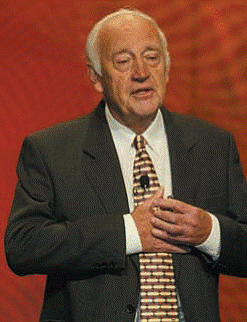|
The History
Critical Illness Insurance was developed by Dr. Marius Barnard (the brother of Christian Barnard, the doctor who performed the first successful open heart transplant surgery) in South Africa in 1983. Dr. Barnard saw a need for insurance that paid a "living benefit" to those who survived a major illness to offset lost income and pay additional expenses.

He found his patients “didn’t lose their life, they lost their life savings” after surviving once fatal illnesses such as cancer, stroke or heart disease.
Dr. Barnard states that “before the age of 65, the chances of suffering a condition keeping someone off work for more than six months are 15 times higher than that of dying. With the increasing life expectancy, we have a greater chance of experiencing a serious illness and surviving longer.”
As Dr. Barnard says, “Critical Illness Insurance gives you financial independence when you need it most. You need insurance not only because you are going to die but because you are going to live.” This is a product designed to give you CHOICES.
International History
In 1987 Critical Illness plans were successfully launched in England. Today more than 70 U.K. insurance companies sell Critical Illness policies and more critical illness insurance is sold in the UK than Life Insurance. This is primarily due to the linking of Critical Illness Insurance and Mortgage Insurance. 46% of all home foreclosures in Canada are a direct result of major illnesses.
Critical Illness was introduced in Australia in 1990 and almost all Australian life insurance companies now offer a Critical Illness policy. They recently introduced a Critical Illness policy in Japan that only covers heart attack, stroke, and cancer. Over 500,000 policies were sold in just 10 months and there were over 6 million policies sold by the end of its fourth year!
Since its introduction in Canada in 1994, critical illness coverage has rapidly grown to a $200 million dollar market. This is evidence of the consumer need for critical illness insurance and the need for financial security in life as well as death.
|

